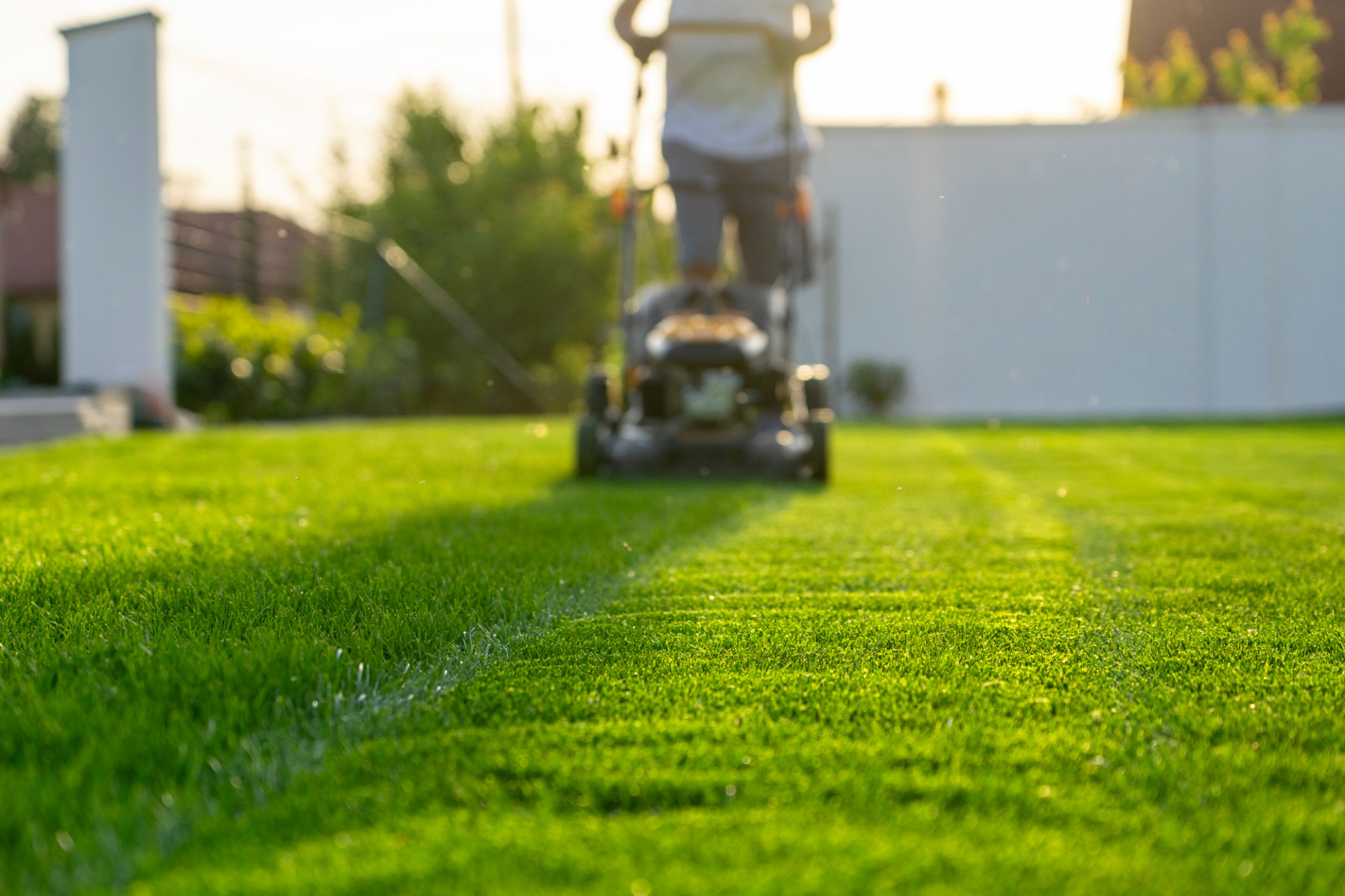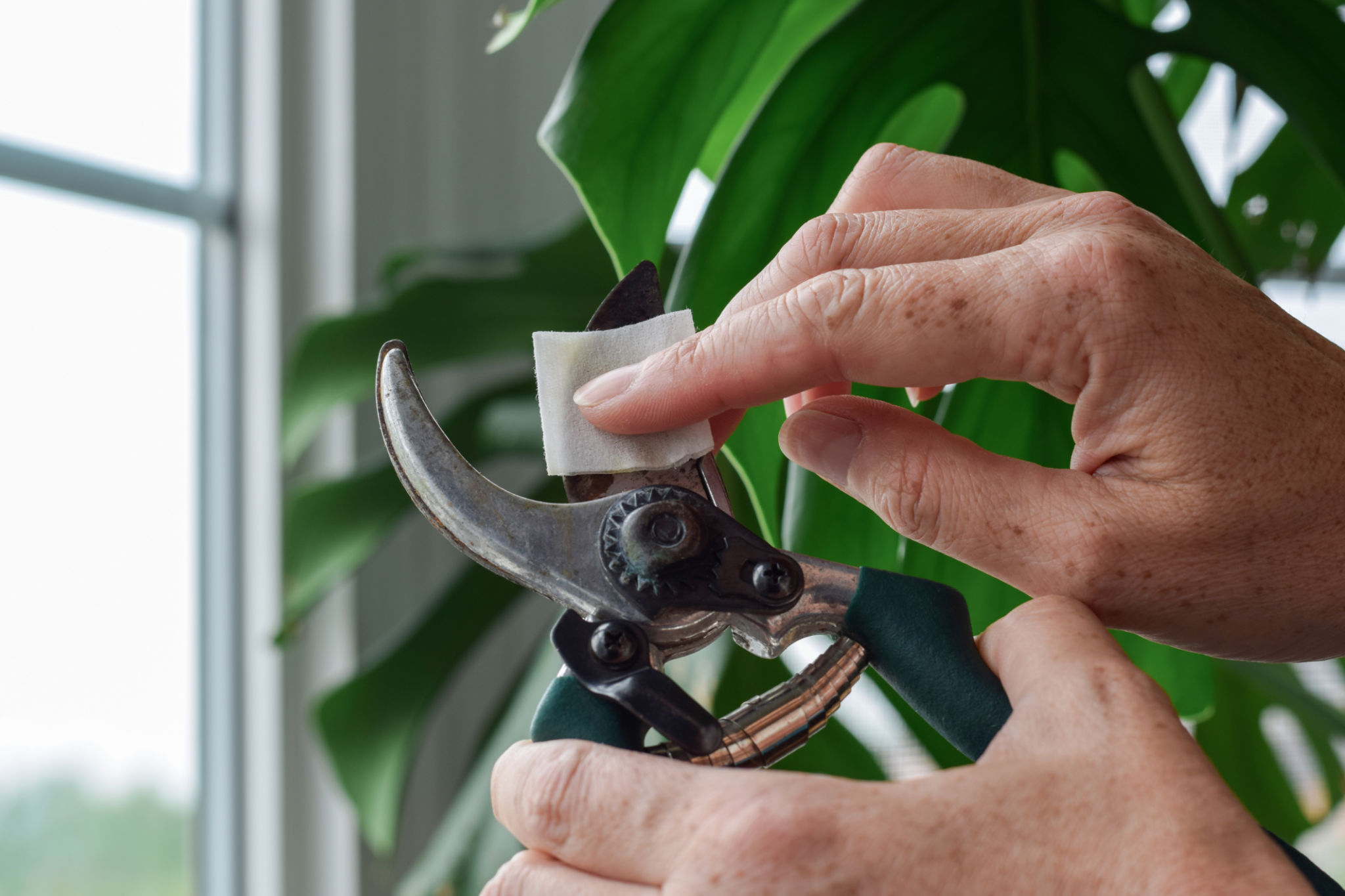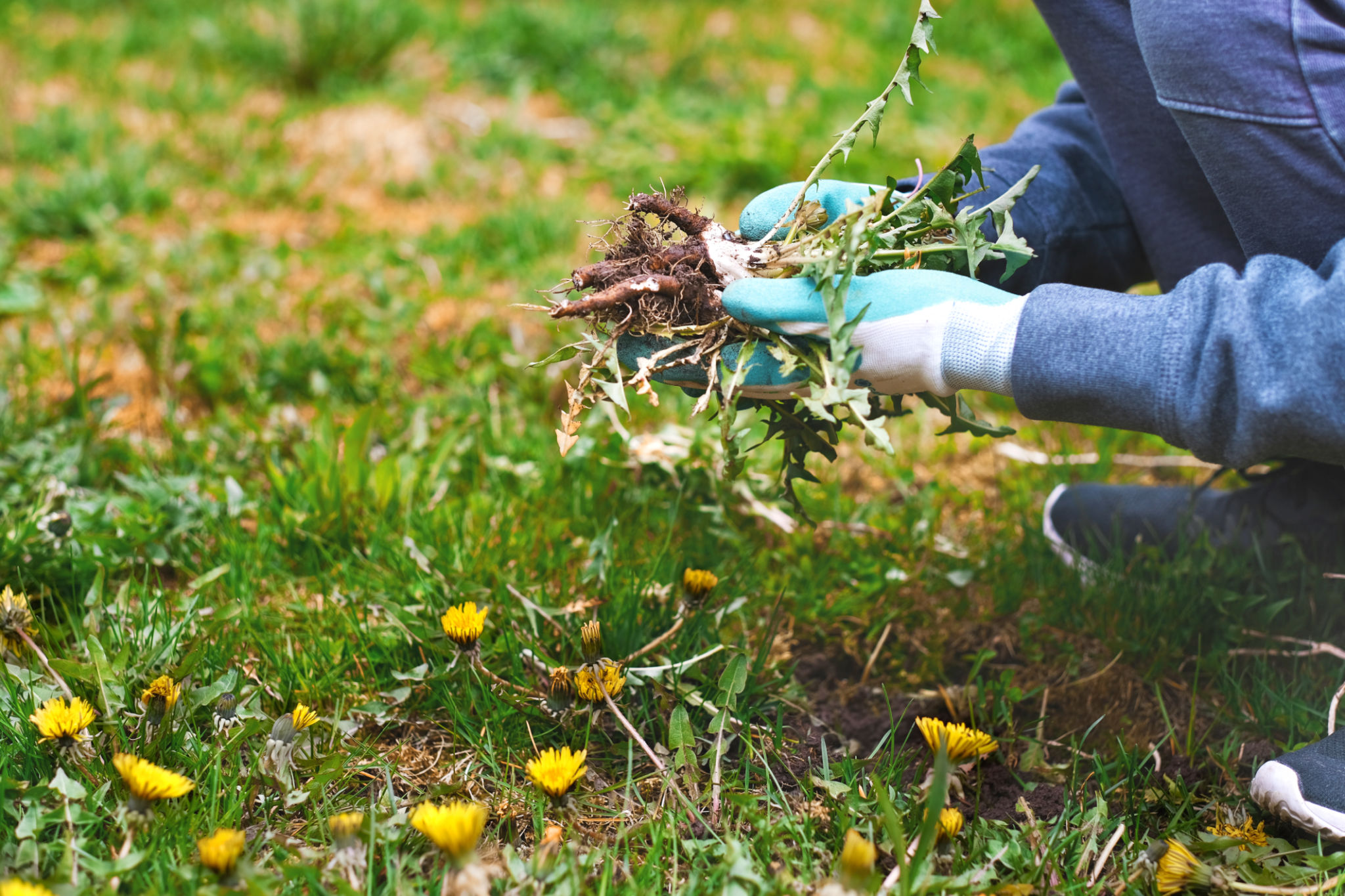Understanding the Basics of Lawn Aeration: A Guide by Kiss My Grass
Why Lawn Aeration Matters
Lawn aeration is a crucial aspect of maintaining a healthy and vibrant lawn. It involves perforating the soil with small holes to allow air, water, and nutrients to penetrate the grass roots. This helps the roots grow deeply and produce a more robust lawn. Understanding the basics of lawn aeration can transform your yard into a lush and inviting space.

Identifying the Need for Aeration
Before diving into the aeration process, it's essential to determine whether your lawn needs it. Signs that your lawn may benefit from aeration include:
- Water pooling in low areas.
- Heavy foot traffic areas where the grass appears worn out.
- A spongy feeling underfoot, which might indicate excessive thatch.
- Soil compaction, especially evident in clay-heavy soils.
When to Aerate Your Lawn
The timing of aeration is critical. The best time to aerate your lawn depends on the type of grass you have. For cool-season grasses, such as Kentucky bluegrass or fescue, early spring or fall is ideal. Conversely, warm-season grasses like Bermuda or St. Augustine should be aerated in late spring or early summer when they are actively growing.

Types of Aeration Tools
There are several tools available for lawn aeration, each serving a specific purpose. The most common types include:
- Spike Aerators: These tools poke holes in the ground to allow air and nutrients to reach the roots.
- Plug Aerators: These remove small plugs of soil from the ground, offering better penetration for air and nutrients.
- Liquid Aerators: These involve spraying a liquid solution that breaks down compacted soil and improves aeration.
Choosing the Right Tool
The choice between spike and plug aerators often depends on personal preference and lawn condition. However, plug aerators are generally more effective for compacted soils as they remove cores of soil, allowing for better root growth.

Aeration Process: Step by Step
Aerating your lawn can be a straightforward process if you follow these steps:
- Mow your lawn: Shorter grass allows the aerator to penetrate more effectively.
- Water your lawn: Moist soil is easier to aerate than dry soil.
- Aerate the lawn: Use your chosen tool to cover the entire area systematically.
- Leave soil plugs on the lawn: They will break down and provide nutrients to the soil.
Aftercare Tips for a Healthier Lawn
Once you've completed the aeration process, proper aftercare is essential for maximizing the benefits. Water your lawn thoroughly after aeration to help settle the soil and promote root growth. Additionally, consider applying a high-quality fertilizer to provide necessary nutrients and encourage lush growth.

The Benefits of Regular Aeration
Regularly aerating your lawn offers numerous benefits that go beyond aesthetics. It reduces soil compaction, enhances water absorption, and improves overall root health. A well-aerated lawn is more resistant to disease, drought, and pest infestations, ensuring it remains vibrant year-round.
By understanding and implementing the basics of lawn aeration, you can maintain a beautiful and healthy landscape that will be the envy of your neighborhood. Whether you're a seasoned gardener or a novice, incorporating aeration into your lawn care routine can make a significant difference.
